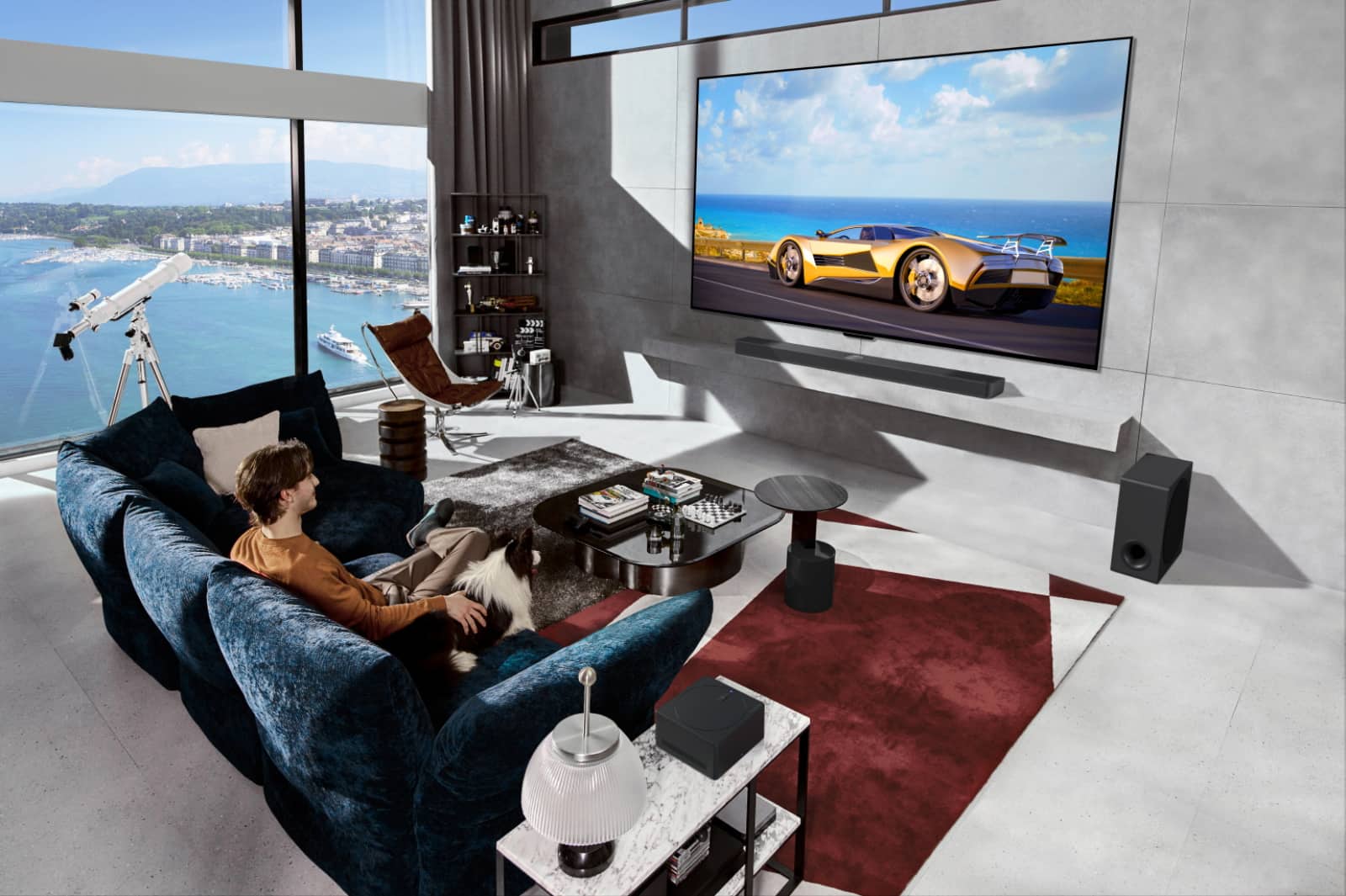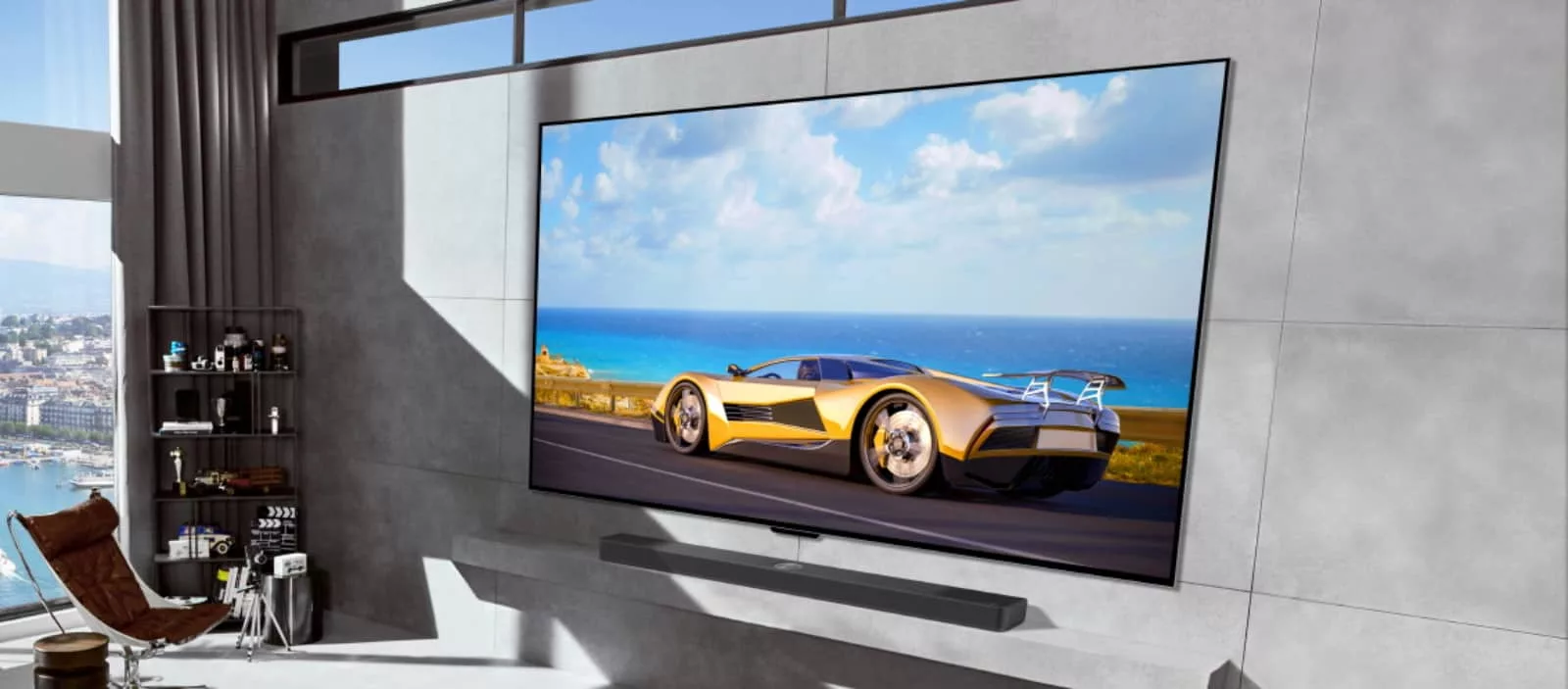Improving LG’s TV picture quality is going to come from everyone’s favourite buzzword that is AI, while the company dabbles with more cord-free experiences.
How do you make a TV more innovative when your panels are already properly impressive? It seems the answer is you turn to the underlying processing hardware and make them do an extra trick, as LG previews what we can expect from CES 2024 kicking off next week.
As usual, LG is pre-announcing much of what you can expect that’s big for the year, and that includes the area it practically dominates in: OLED TVs.
For those playing at home who see “OLED” as yet another of the many pieces of TV jargon that make no sense, OLED TVs are television that use pixels grown in labs, able to recreate bold and dynamic colours, and make black by simply switching the pixels off. It’s often why OLED is seen as the holy grail for TVs today, though there are a lot of technologies to choose from.
LG has been improving OLED every year, and this year, much of the change appears to be on the processing side, with AI technologies set to improve colour, contrast, and graphical performance compared to the previous models, upscaling and processing imagery too deliver better picture quality overall.
In the LG 2024 OLED range, that’ll be covered by one part AI and another being new processors, with the Alpha 11 (a11) processor part of the high-end, specifically arriving in the LG G4 OLED and the LG Signature M4, the latter of which is so high-end, it comes with another technology: wireless TV.
A feature LG showed off in last year’s screens, wireless TV technology essentially allows the screen to get its source input from a box separate to the screen, without any physical connection whatsoever. This isn’t so much about hiding the cables like we’ve seen in previous TVs, but rather about having a TV disconnected from its source panel entirely.

LG’s M4 OLED will support that technology with 4K video up to 144Hz, making for fast wireless video that can be set up practically anywhere and only requires one cable: the power cable. The rest of the inputs can go elsewhere in the room, cleaning up the TV setup considerably.
LG is also talking up AI sound in the new TVs, boasting up to 11.1.2 virtual sound with artificial intelligence doing the heavy lifting, while a new version of webOS will also appear on the screens, as well.
There’s no word on how much either the LG G4 or M4 OLED screens will cost in Australia, though availability is expected sometime between March and May, as is usually the case for TV changeover time. You may also want to expect other LG OLED models to fit in a B and C range, as well, though LG has yet to announce what’s coming there, so stay tuned.







